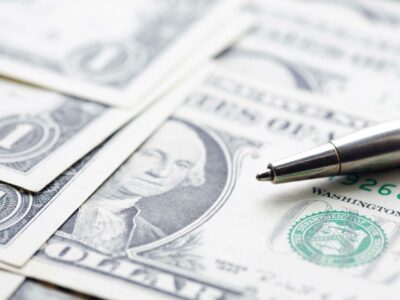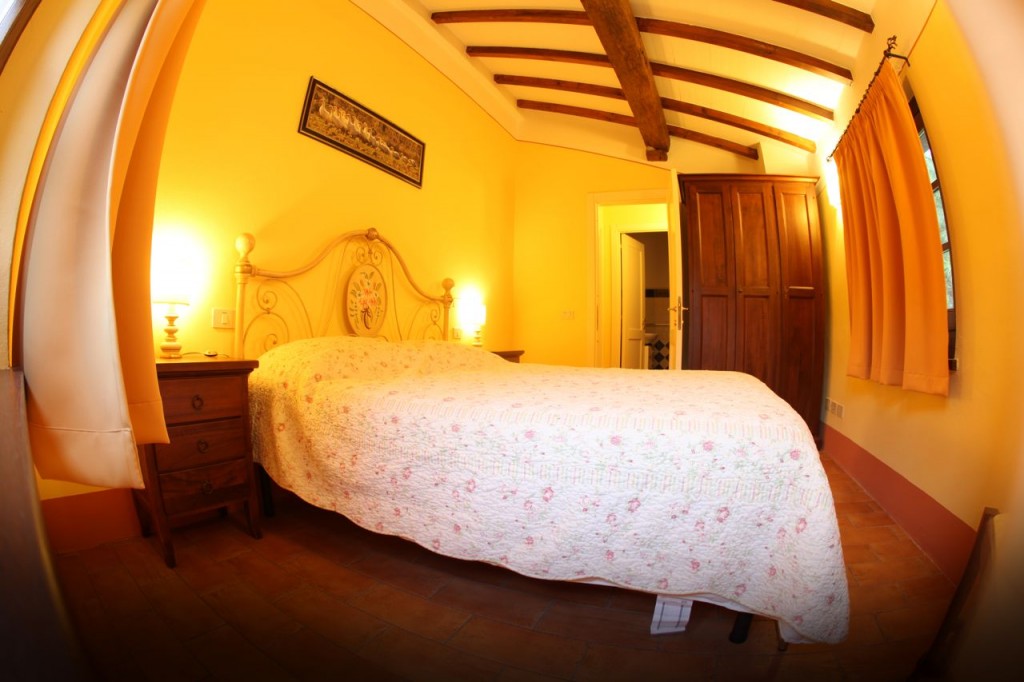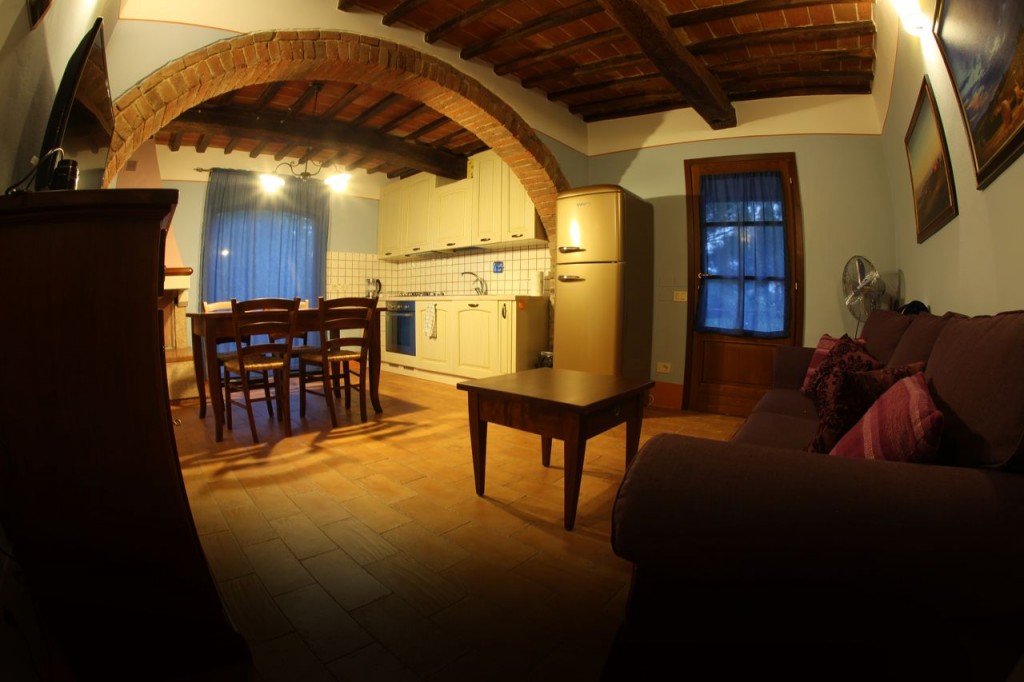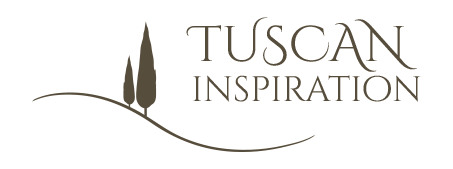Content
A company needs to have more assets than liabilities so that it has enough cash to pay its debts. If a small business has more liabilities than assets, it won’t be able to fulfil its debts and is considered in financial trouble. $1.47With a more conservative view at Acme Manufacturing’s operating liquidity, there is definitely enough cash and liquid assets to cover short term debts. Financially healthy companies generally have a manageable amount of debt .
- To determine the amount of equity you could potentially have for your investors, identify your total number of assets and liabilities.
- As the company pays off its AP, it decreases along with an equal amount decrease to the cash account.
- Because you make purchases with debt or capital, both sides of the equation must equal.
- When you add those three accounting classifications to the basic accounting equation, you have something called the extended equation.
- Think of stockholders’ equity as the assets that you as a small business owner and other shareholders fully own.
- Every business works with financial statements that give them a precise analysis of their monthly and annual profits or losses.
She rents the building that her salon is in, but she owns all of the equipment. The total value of the equipment that Barbara owns is $15,000. Her annual expenses are $12,000, and the amount of equity that she has in the business is $4,500. Using the basic accounting equation, let’s see if her finances are balanced.
Understanding Balance Sheets
It would also be helpful to read the Notes to Consolidated Financial Statements included in the 10-Ks supplied to the U.S. The upper acceptable limit is 2.00 with no more than 1/3 of debt in long-term liabilities. For an individual, the primary asset may be his or her house.
But, that does not mean you have to be an accountant to understand the basics. Part of the basics is looking at how you pay for your assets—financed with debt or paid for with capital. Liabilities mean everything that the company owes to other people. This could also include health insurance liability or benefits. These are the part of the business that you don’t own outright so you’re on the hook to pay someone else. Assets, liabilities and equity are the three largest classifications in your accounting spreadsheet. Liabilities and equity are what your business owes to third parties and owners.
The main idea behind the double-entry basis of accounting is that Assets will always equal liabilities plus equity. Non-Current assets are those assets that have a validity of more than a year. Land, buildings, fixtures & fittings, equipment, machinery all are classified as non-current assets. Furthermore, non-current assets also include intangible assets such as goodwill, brand name, patents & copyrights. Assets are general resources that are owned by a company.

The accounting equation is only designed to provide the underlying structure for how the balance sheet is formulated. As long as an organization follows the accounting equation, it can report any type of transaction, even if it is fraudulent. Equity in accounting is often classified as retained earnings, treasury stocks, or a company’s book value. This figure is crucial to https://www.bookstime.com/ understand a business’ economic condition. Anything that a business owes to someone is a liability – bank loans, unpaid bills, mortgages, IOUs, etc. In simple terms, if your company has liabilities, it means whatever is liable needs to be repaid. Every business works with financial statements that give them a precise analysis of their monthly and annual profits or losses.
Double Entry & T Accounts
At the top of the assets list on the balance sheet are anything that could be easily liquidated. This doesn’t necessarily mean that the company owns those things, simply that they have them in their possession.
- The sale of ABC’s inventory also creates a sale and offsetting receivable.
- The left side of the balance sheet outlines all of a company’s assets.
- That equation, called the basic accounting equation, shows the relationship that exists between assets, liabilities, and owner’s equity.
- However, you’ll still continue to track expenses on a monthly basis on your company’s income statement to determine net income.
- It seems that most of their liability increases have taken the form of long-term debt due in 2025, 2027, the 2030s, 2040s, and beyond.
- If a business buys raw materials and pays in cash, it will result in an increase in the company’s inventory while reducing cash capital .
You can create your own master chart of accounts for use in this course and build on it as we go along. You should be able to complete the account type column and some of the account descriptions. ClickChart of Accountsto access a google spreadsheet that you can download and use during the course. Assets or liabilities should be further broken down into the type of asset or liability.
Mr. John invested a capital of $15,000 into his business. Get stock recommendations, portfolio guidance, and more from The Motley Fool’s premium services. The articles and research support materials available on this site are educational and are not intended to be investment or tax advice. All such information is provided solely for convenience purposes only and all users thereof should be guided accordingly. John Buys machinery worth $2,000 by borrowing from the bank. Make a trial balance to ensure that debit balances equal credit balances. A trial balance shows a list of all debit and credit entries.
Account Types
Your bank account, company vehicles, office equipment, and owned property are all examples of assets. The asset equals the sum of all assets, i.e., cash, accounts receivable, prepaid expense, and inventory, i.e., $234,762 for 2014. This is where having a thorough understanding of your assets is helpful. If your liabilities have gone up considerably, ask yourself if you currently have enough easily-accessible assets like cash to pay them. If not, you’ve got some decisions to make to increase yourcash flow. Comparing current assets to current liabilities is called the current ratio. It’s a big name for a simple-looking formula (Seriously, doesn’t “the accounting equation” justsoundimportant?).

There are two main differences between expenses and liabilities. First, expenses are shown on the income statement while liabilities are shown on the balance sheet. Second, expenses and liabilities diverge when it comes to payment and accrual of each.
Company Worth
This helps ensure that you report the correct figures when completing your taxes. Equity refers to the owner’s value in an asset or group of assets. Just like homeowners accumulate equity value as they pay off their mortgage, Owner’s Equity is defined as the proportion of the total value of a company’s assets that can be claimed by its owners .
- This is merely a rounding issue – there is not actually a flaw in the underlying accounting equation.
- Financially healthy companies generally have a manageable amount of debt .
- Capital is the value of the investment in the business by the owner.
- Accounts receivable include all amounts billed to customers on credit that relate to the sale of goods or services.
- Learn about the types of profit margin and the formulas to calculate each.
Money that’s brought in as payment for goods or services is called revenue. The money that is paid out of a company for items necessary for daily operation is called expenses. The money that’s paid to investors as a return on their investment is called dividends. When you add those three accounting classifications to the basic accounting equation, you have something called the extended equation. The extended accounting equation is nothing more than the basic equation with the owner’s equity section broken down into the three categories of revenue, expenses, and dividends. The double-entry accounting system is designed to make sure that assets will always be equal to liabilities + owner’s equity.
Is Common Stock An Asset Or A Liability?
Sole proprietors hold all of the ownership in the company. If your business has more than one owner, you split your equity among all the owners. Include the value of all investments from any stakeholders in your equity as well. Subtract your total assets from your total liabilities to calculate your business equity. When you add your total liabilities and total equity, the result should equal your total assets. If the two figures aren’t equal, then review your calculations to make sure you entered everything correctly. Check each account on your balance sheet and compare it to your company’s financial documents to see if you missed anything.
Fixed assets such as real estate, heavy machinery, furniture, vehicles, etc. Full BioAmy is an ACA and the CEO and founder of OnPoint Learning, a financial training company delivering training to financial professionals. She has nearly two decades of experience in the financial industry and as a financial instructor for industry professionals and individuals.
- Your expenses, along with revenue, gains and losses, determine your net income for that period.
- Revenue impacts the accounting equation, however, which forms the basis of the balance sheet in double-entry bookkeeping.
- The inflow of cash increases the cash line in the company balance sheet.
- You can also optimize management practices and compare your business with your competitors.
- Branded Gift Cards Boost your brand’s visibility to drive sales higher than they’ve ever been before with gift cards uniquely designed for your business.
- If a company wants to manufacture a car part, they will need to purchase machine X that costs $1000.
Equity is also referred to as net worth or capital and shareholders equity. The balance sheet is a very important financial statement for many reasons.
He is the sole author of all the materials on AccountingCoach.com. The most common are horizontally and vertically structured formats. For investors, the vertical format is the easiest to read because it lists the results of multiple periods in columns next to each other. The net assets part of this equation is comprised of unrestricted and restricted net assets. A unique type of Expense account, Depreciation Expense, is used when purchasing Fixed Assets.
Some assets and liabilities are measured on the basis of fair value and some are measured at historical cost. Notes to financial statements provide information that is helpful in assessing the comparability of measurement bases across companies. If a company chooses to repurchase some of its common stock, its assets will decrease by the amount of cash it spends even as stockholders’ equity falls by the same amount. The only difference in this case is that the accounting entry for the debit is called “treasury stock.” Assets are things that could increase the value of a company over time, while liabilities are debts that must be paid or goods and services obligations that must be fulfilled. Investors may wonder where common stock fits into the equation.
One example is stocks, including common stock and preferred stock. There are also other types of equity, such as paid-in capital and retained earnings. An asset is anything that your company owns that can be converted to cash or has the capacity to generate revenue. They include tangible and intangible things of value gained through the company’s ongoing transactions.
Assets, Liabilities, Equity: An Intro To The Accounting Equation
Equity is what’s left after you’ve subtracted liabilities from assets . Ltd has below balance sheet for 5 years, i.e., from the year 2014 to 2018. The concept behind it is that everything the business has came from somewhere — either a third party, such as a lender, or an owner, such as a stockholder. Every dollar that a business holds is attributed to a third party or an owner. Being an inherently negative term, Michael is not thrilled with this description. This account includes the amortized amount of any bonds the company has issued.
The accounting equation is also called the balance sheet equation. Assets, liability, and equity are the three components of abalance sheet. In order for the balance sheet to be considered “balanced”, assets must equal liabilities plus equity.
Assets of £10,000 less liabilities of £8,000 mean that the business has positive or net assets of £2,000. Another way of saying that the business has net assets of £2,000 is that the business has a net value of £2,000 belonging to the owners. When John sets up his business, assets will increase by $5,000, while the owner’s equity will increase by $5,000.
The accounting equation is a fundamental principle of accounting that states that the total value of an entity’s assets must equal the total value of its liabilities plus its equity. This equation is used to ensure that companies’ financial statements are accurate. assets = liabilities + equity From this limited and brief analysis, an investor can see that Johnson & Johnson has total current assets of $51 billion and total current liabilities of $42 billion. Credits, on the other hand, are recorded on the right side with double-entry accounting.



























